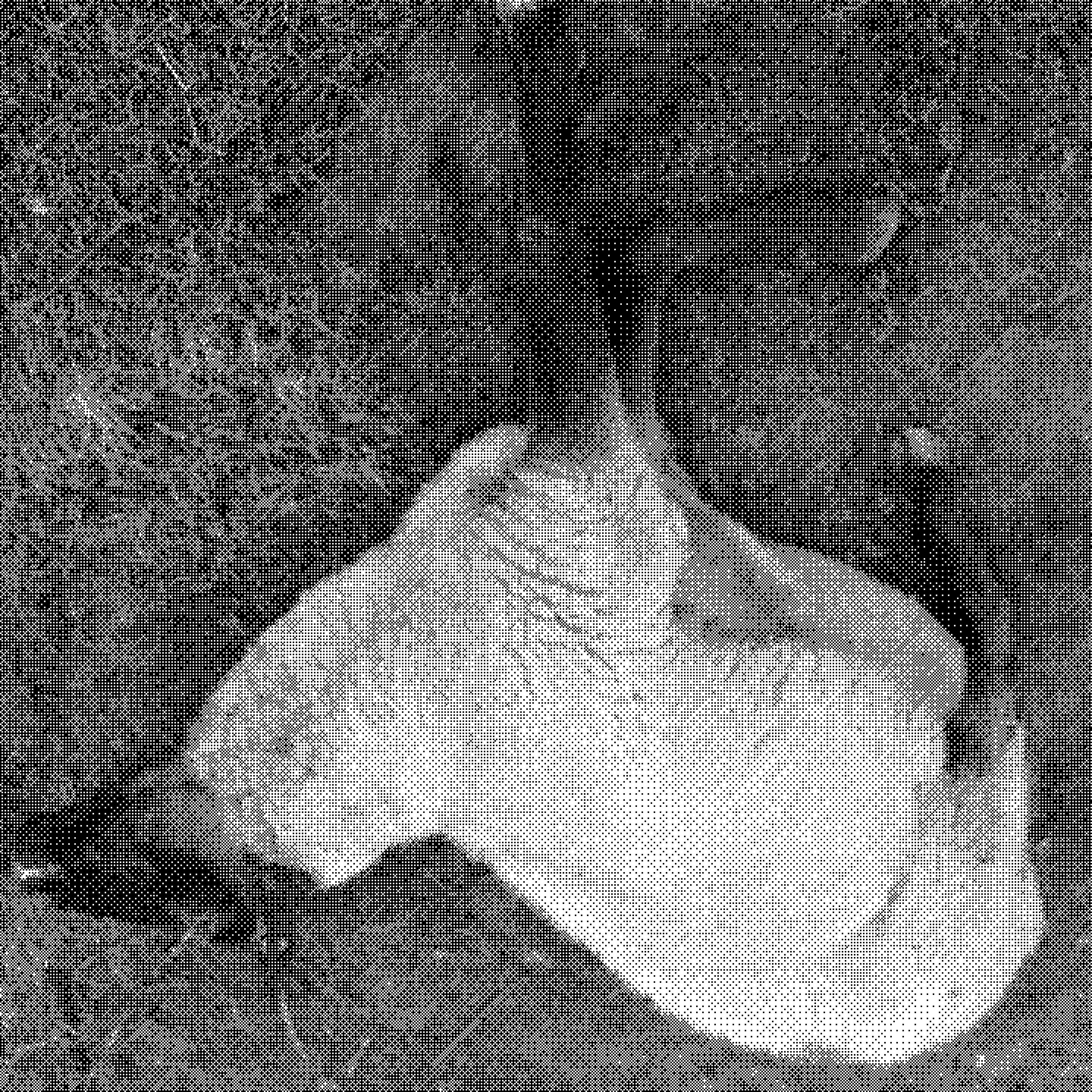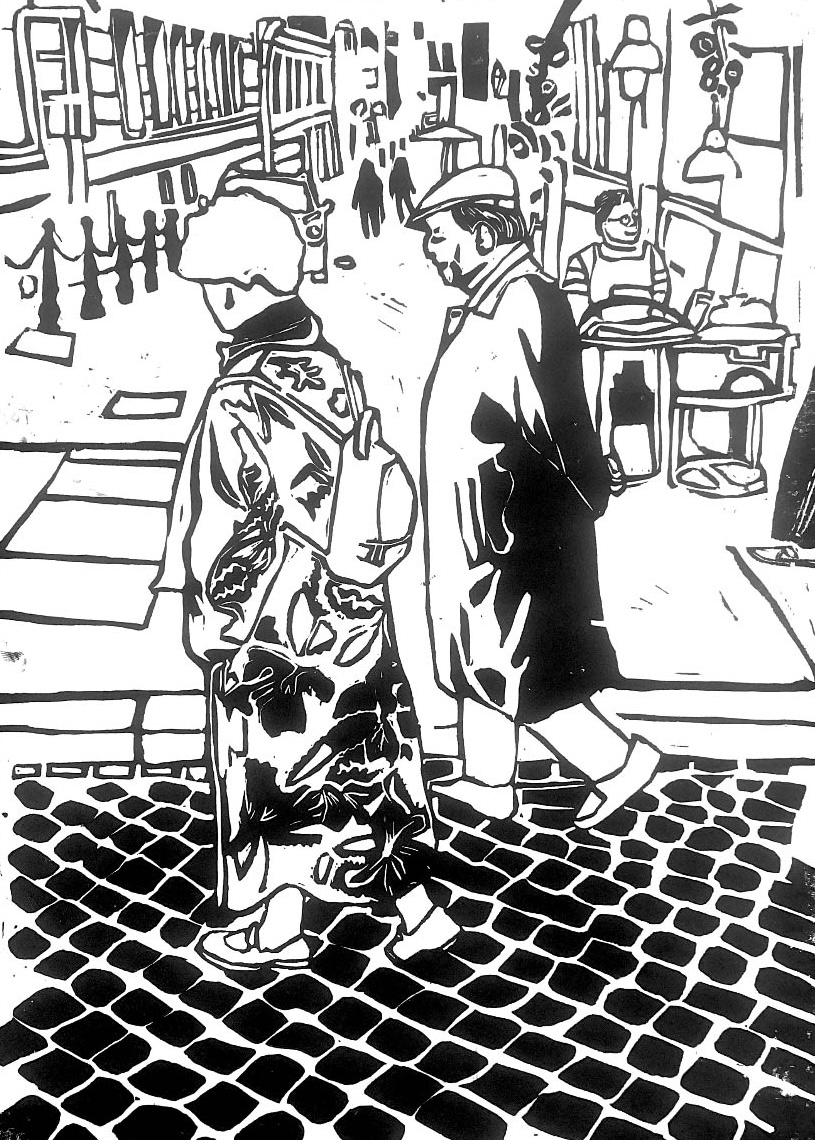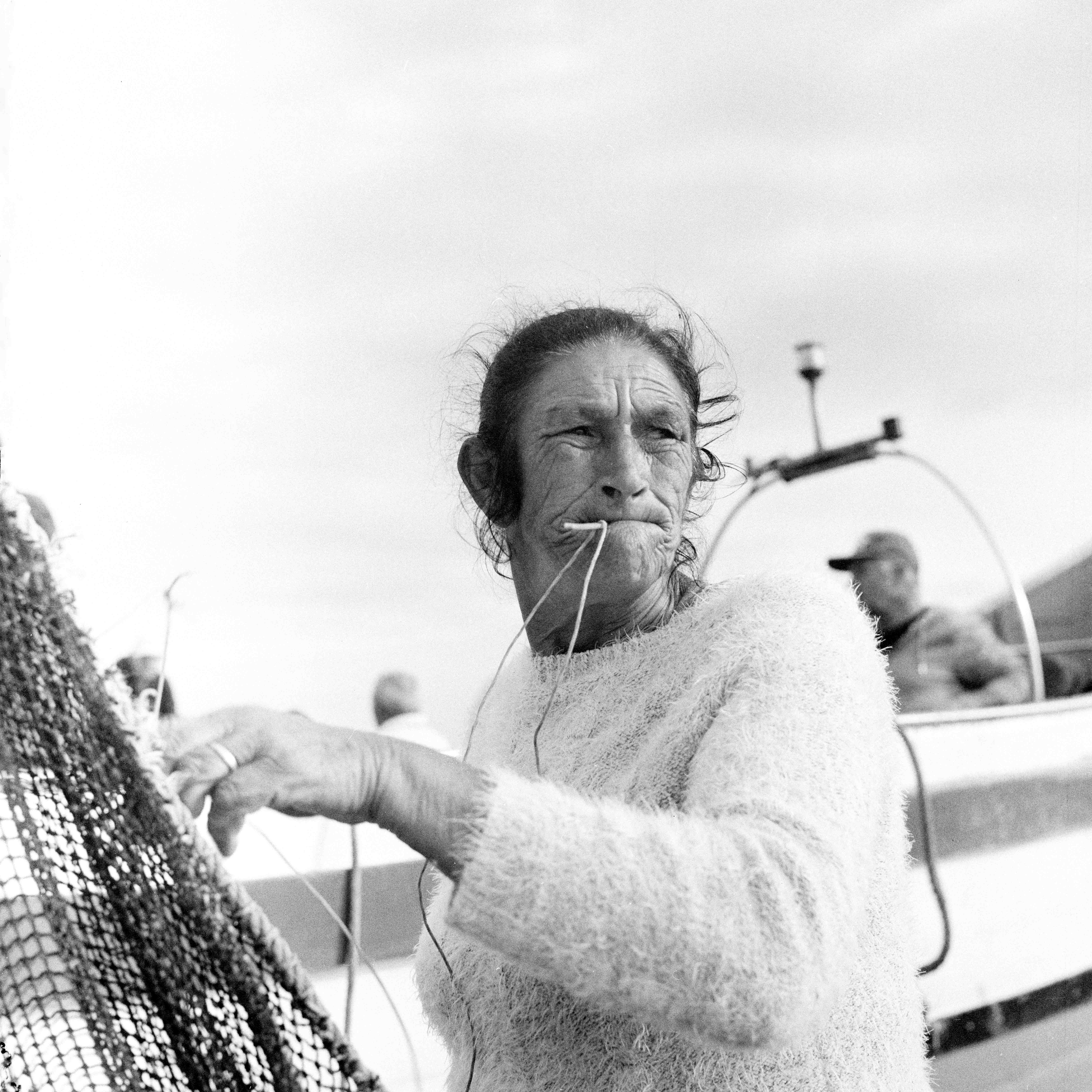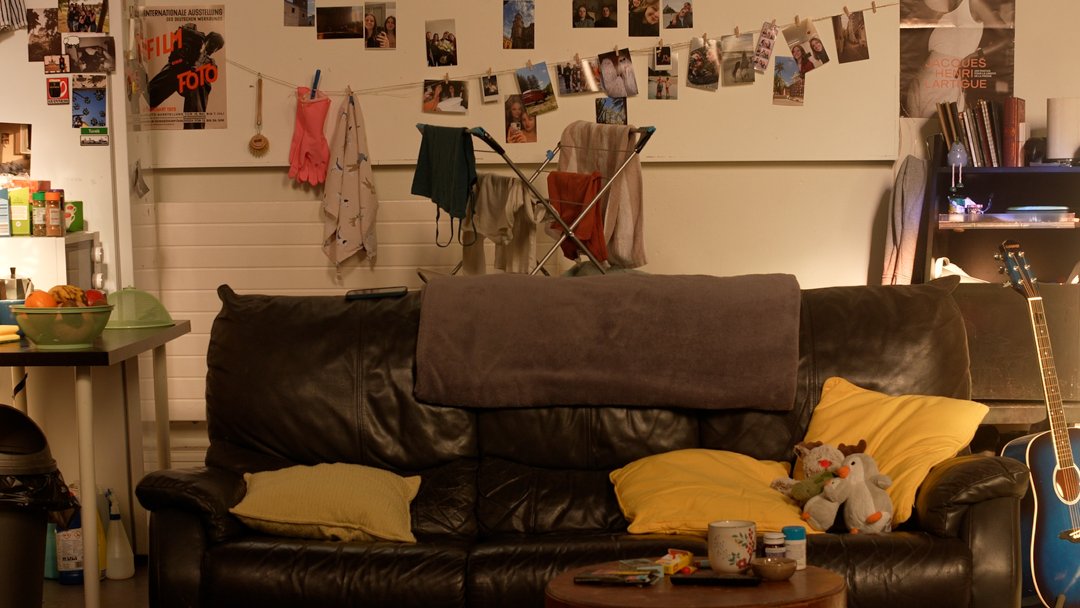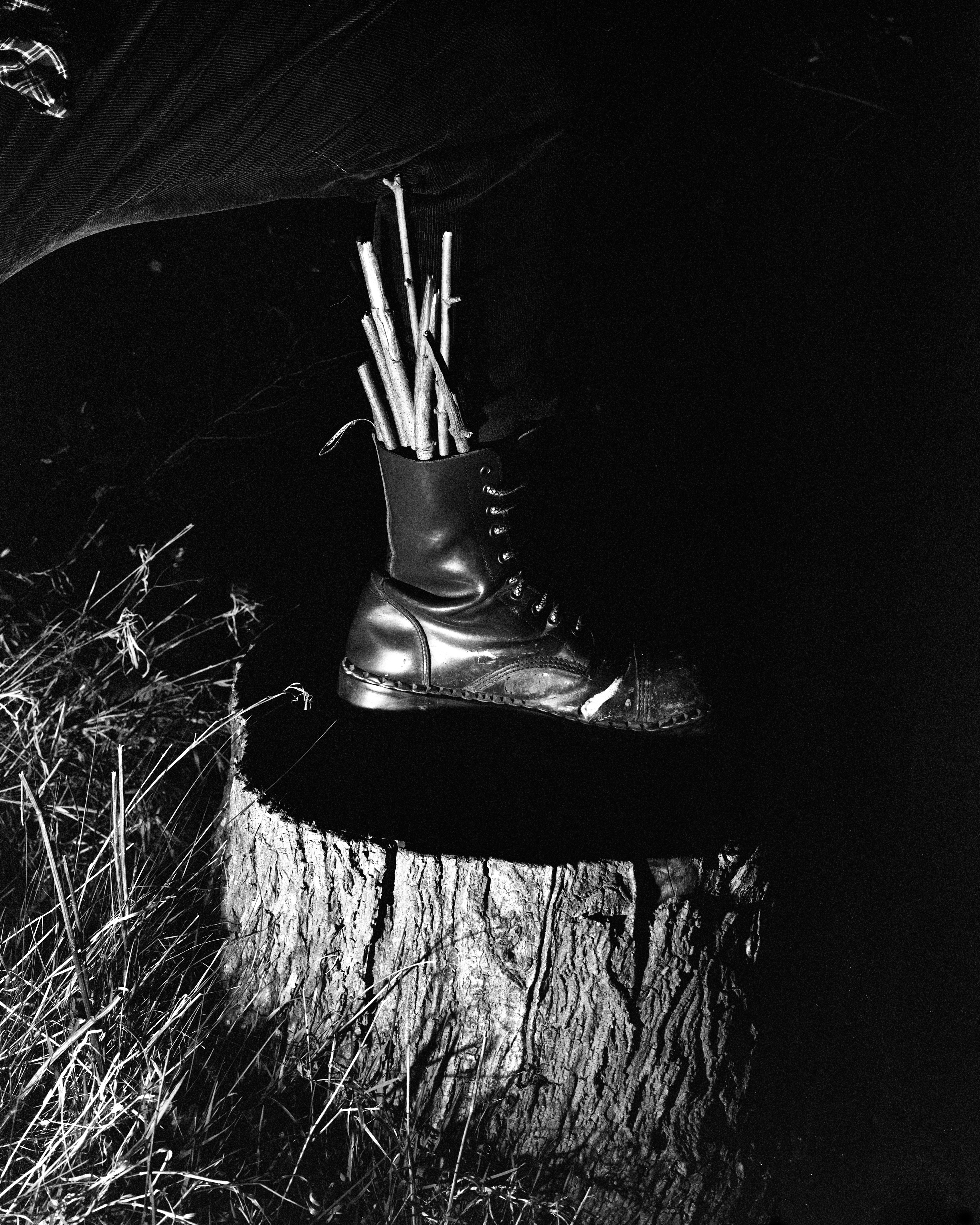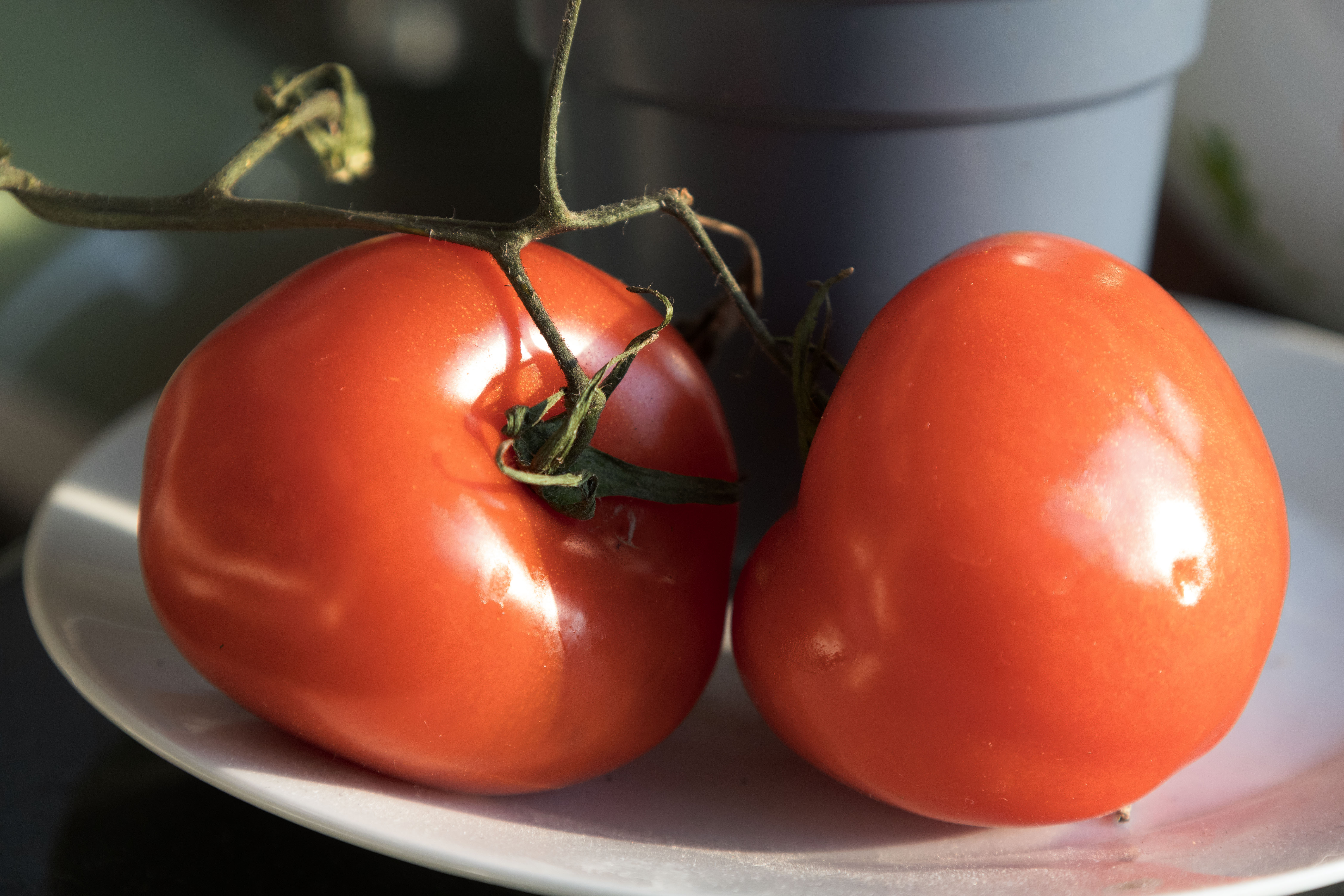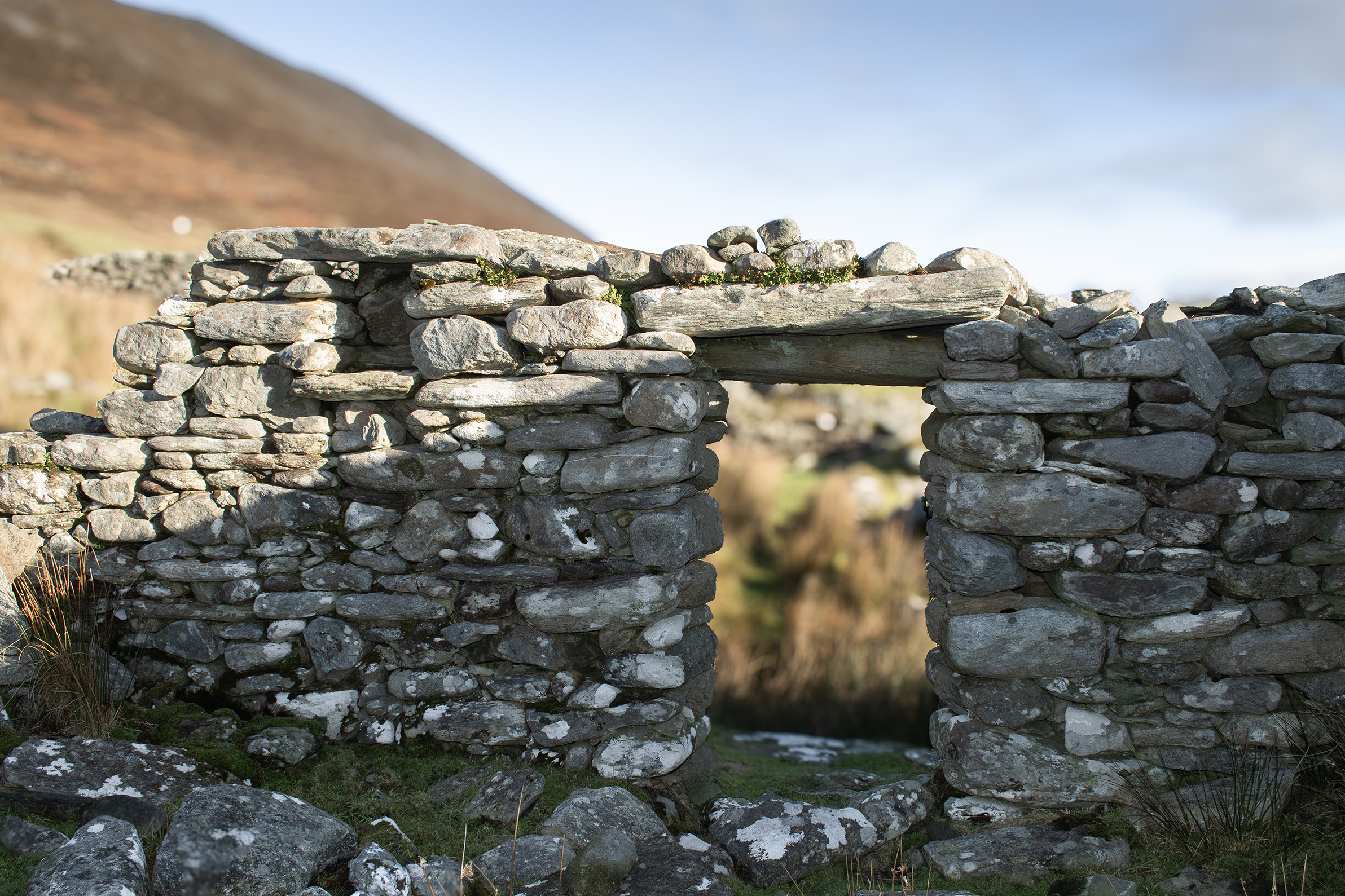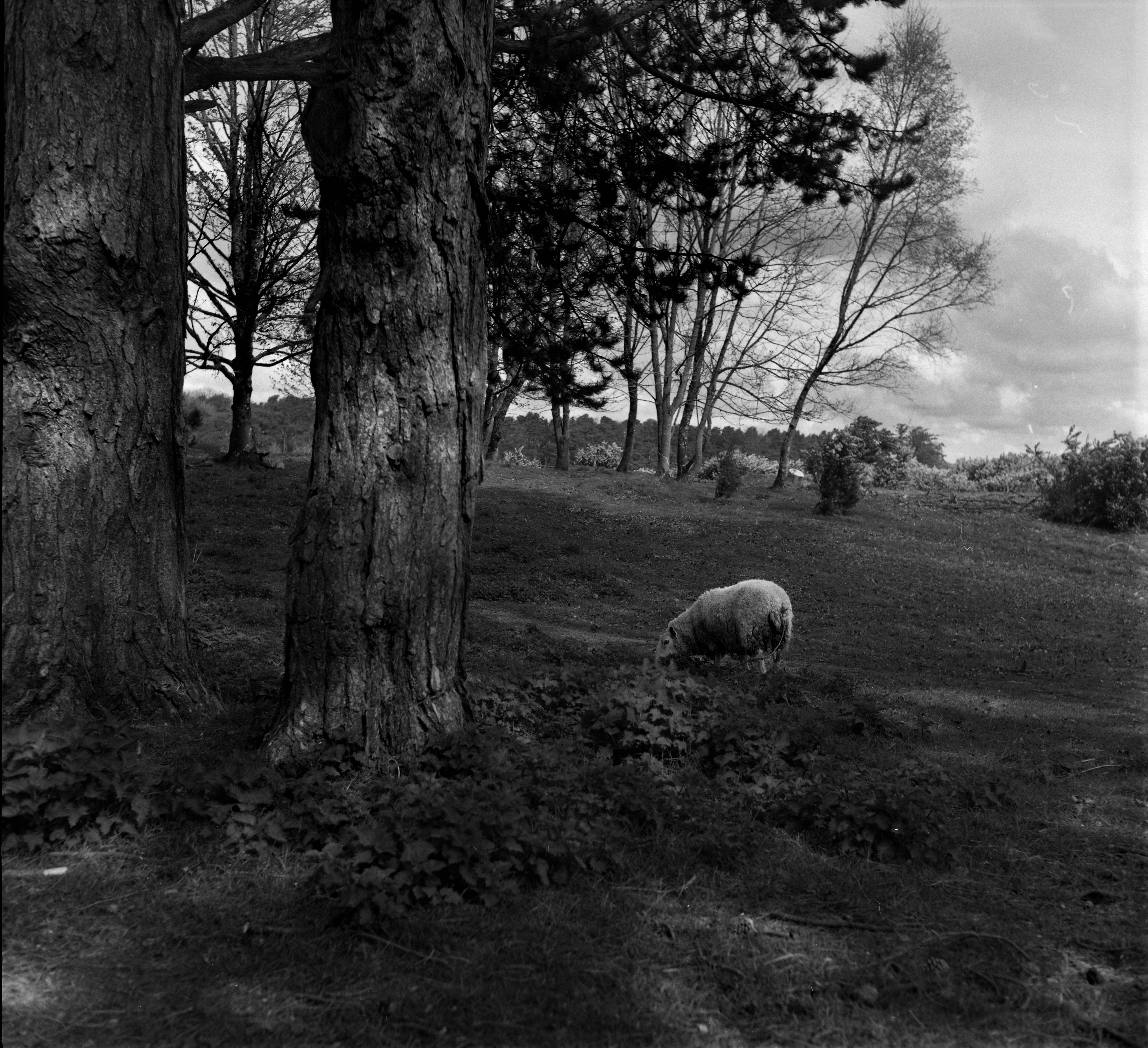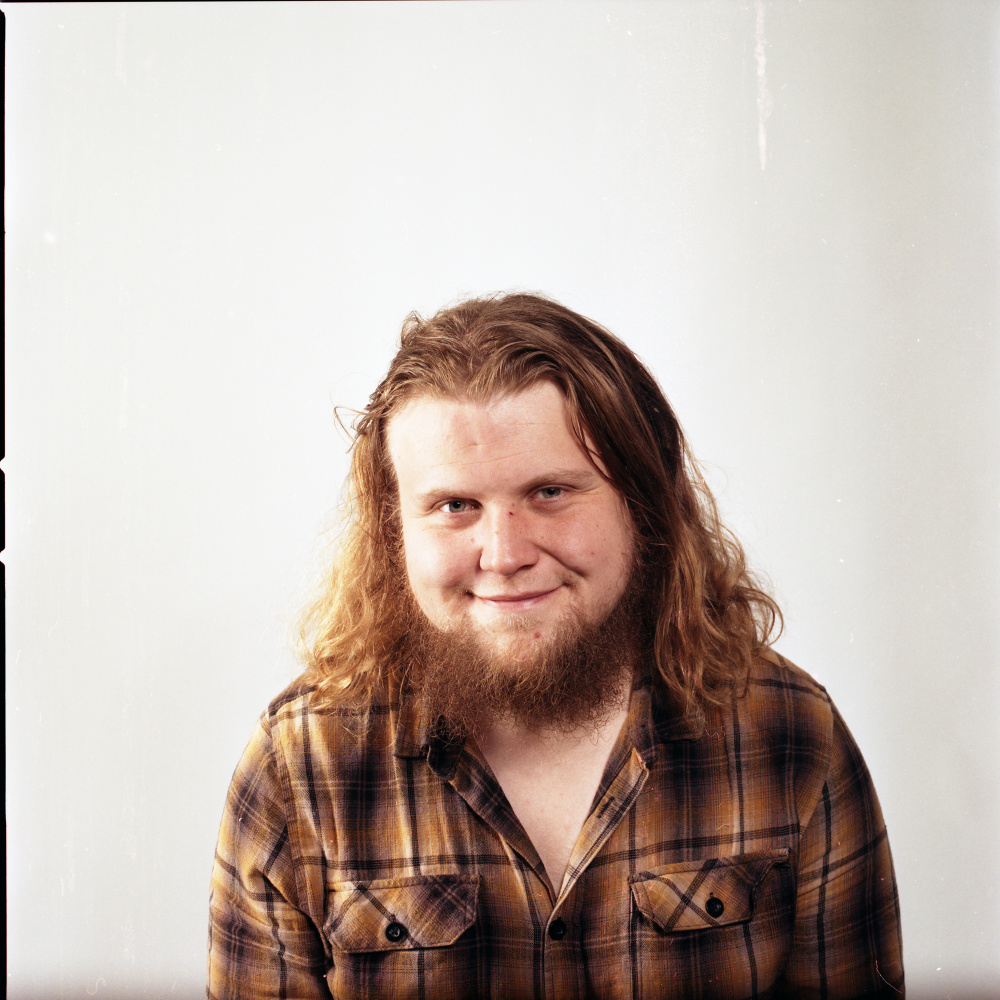
James Kelly
An exploration of family, how it forms, shifts, branches, and endures. The title, from the Irish for tree and family, reflects the rooted organic nature of kinship. Trees and families grow unpredictably, weather change, and hold the past in their structure. As I grow, I question how childhood and family shaped me. Like counting tree rings, I gather memories, fragments, and photos to trace what was passed down, what grew under pressure. Hard years, like harsh seasons, leave lasting marks. Each image was made with a 4x5 large format camera. Shooting on film, loading, exposing, developing, and printing mirroring the slow imperfect work of sustaining bonds. This project is about love, change, growth, and ties that endure beneath the surface.
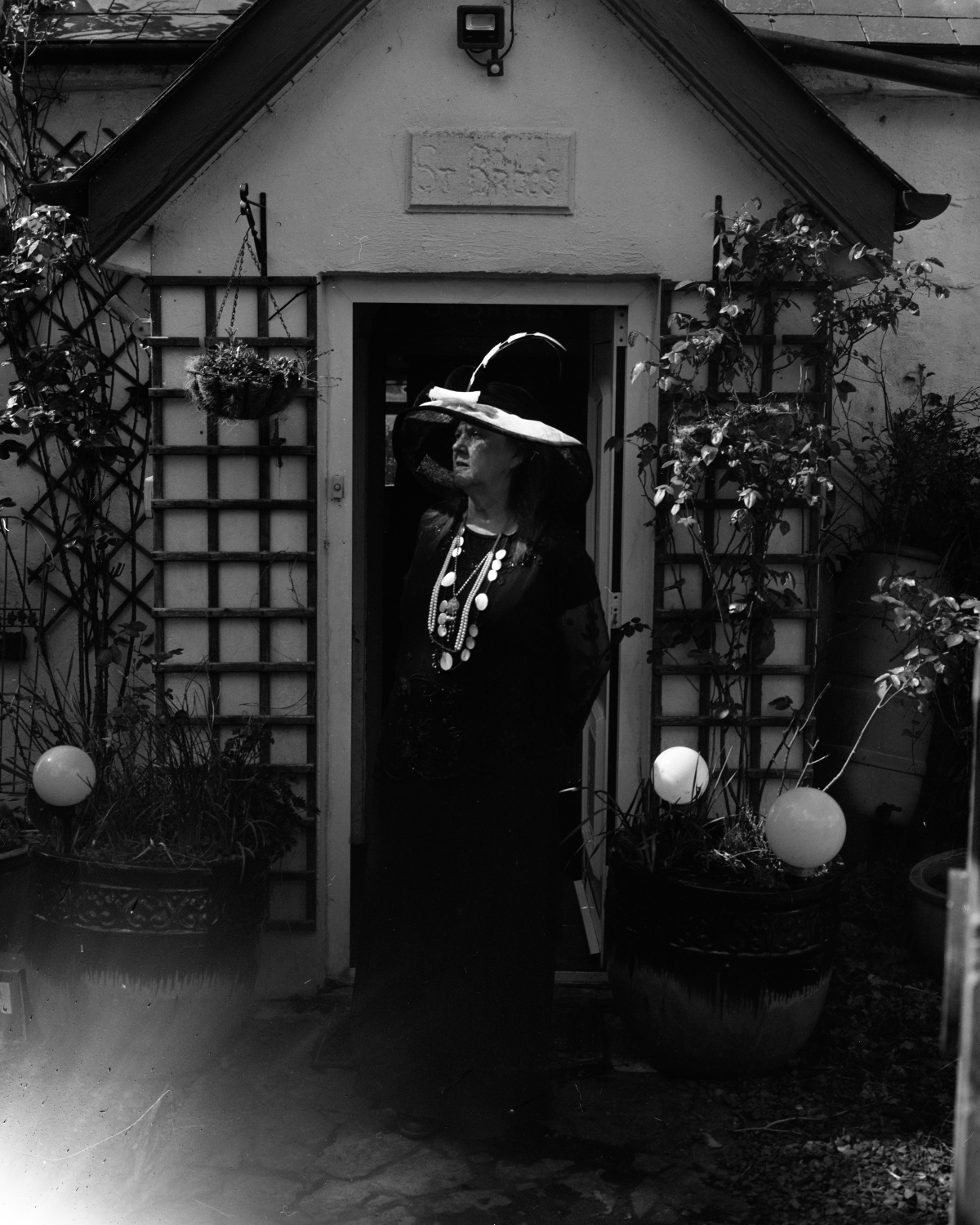

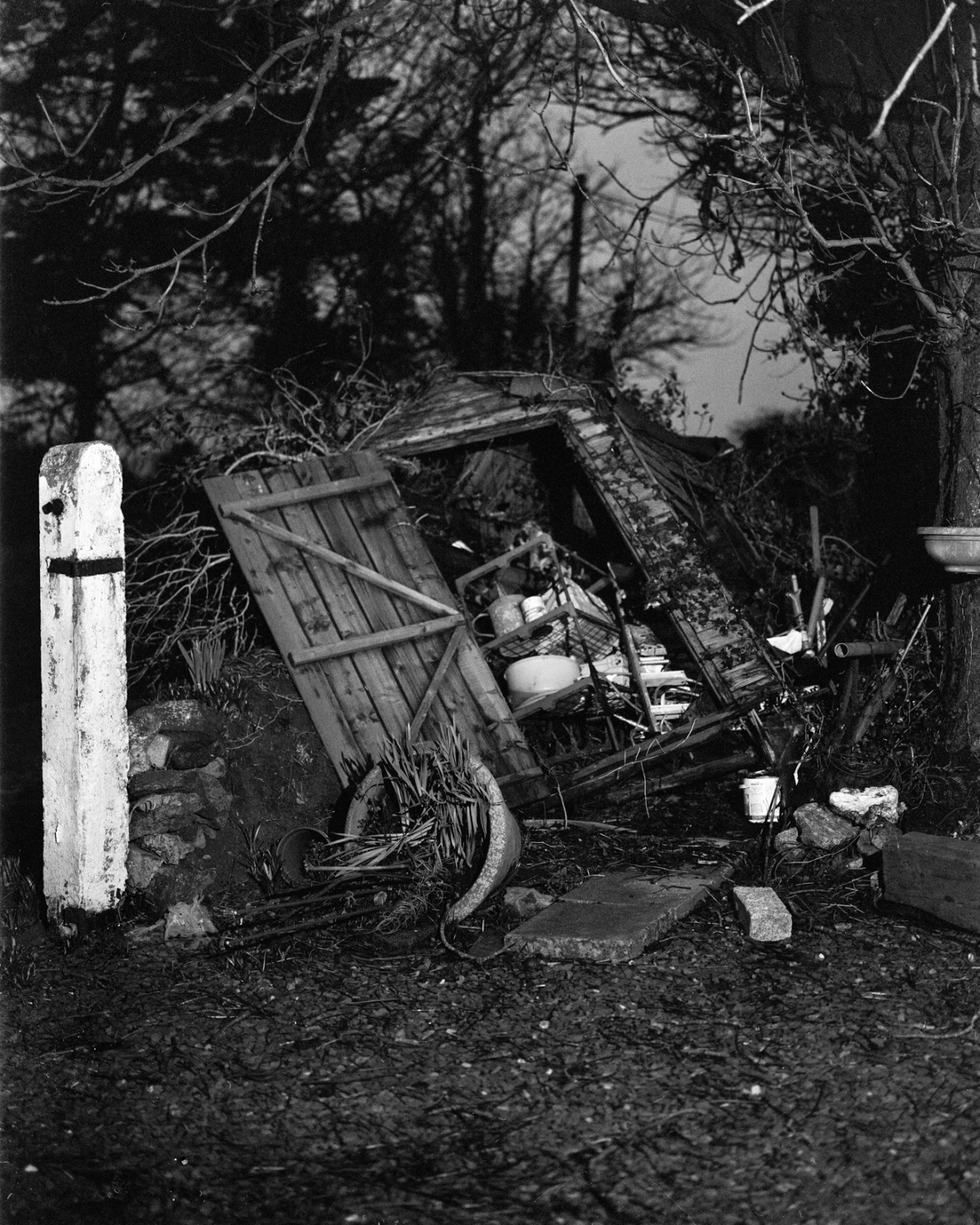
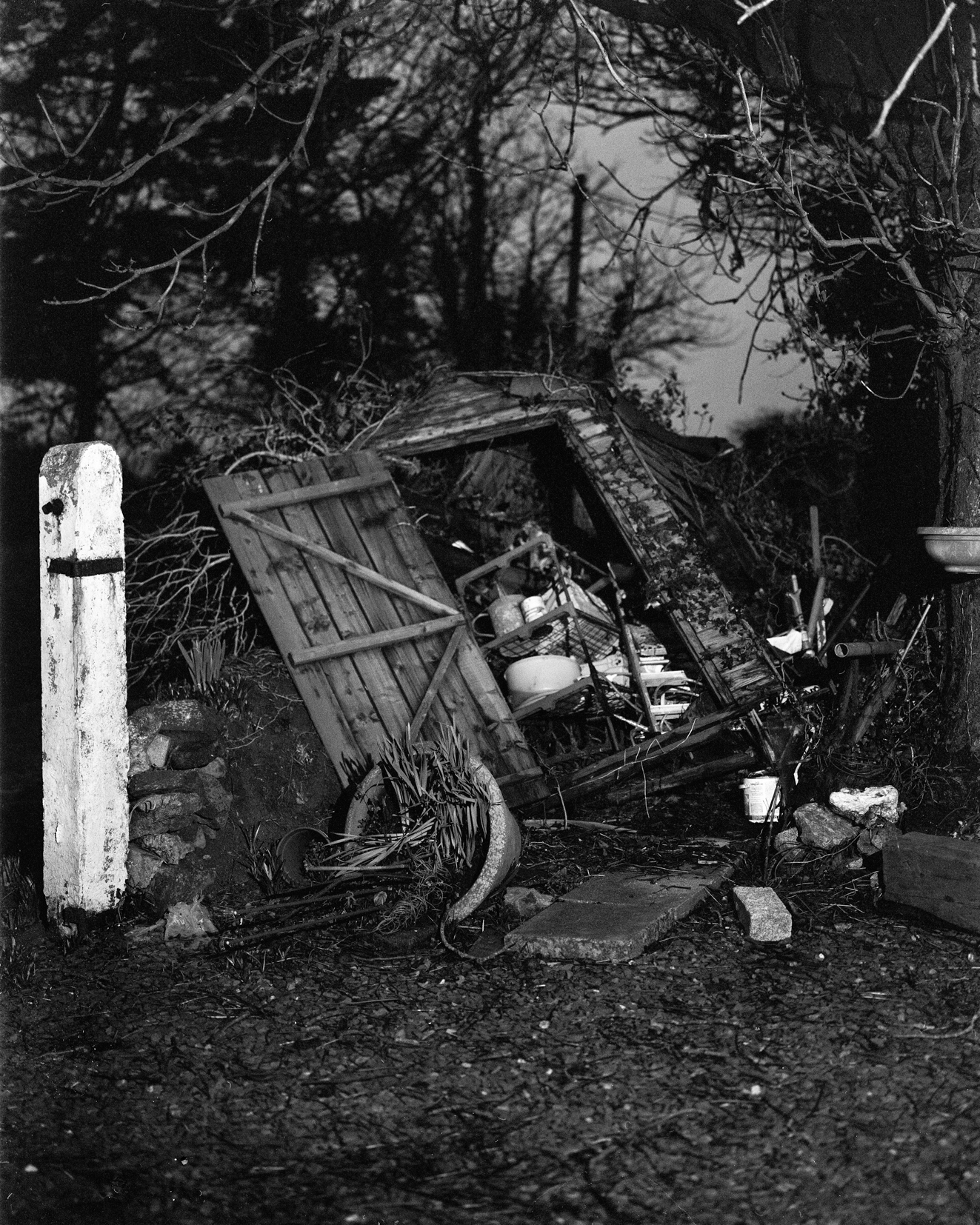


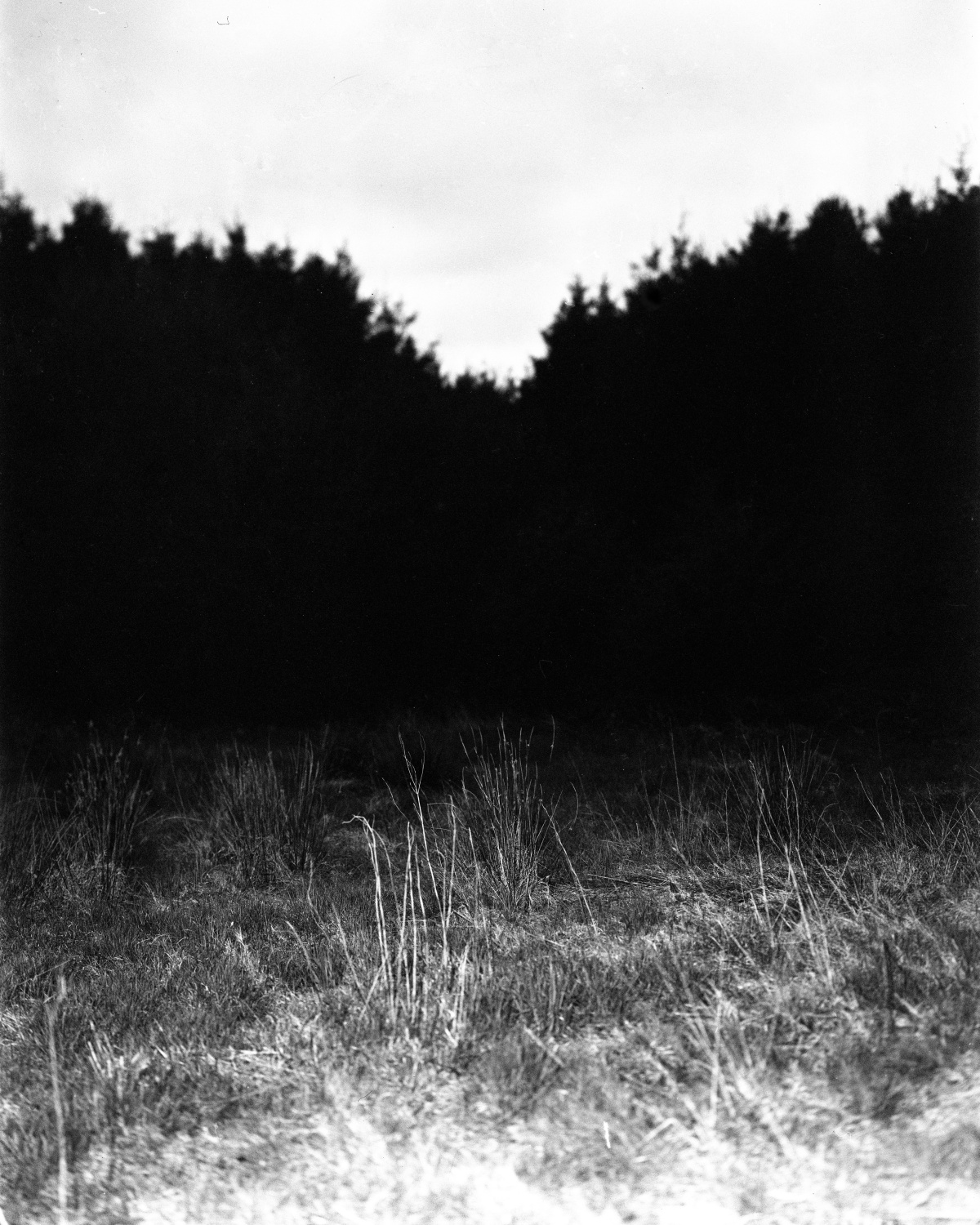

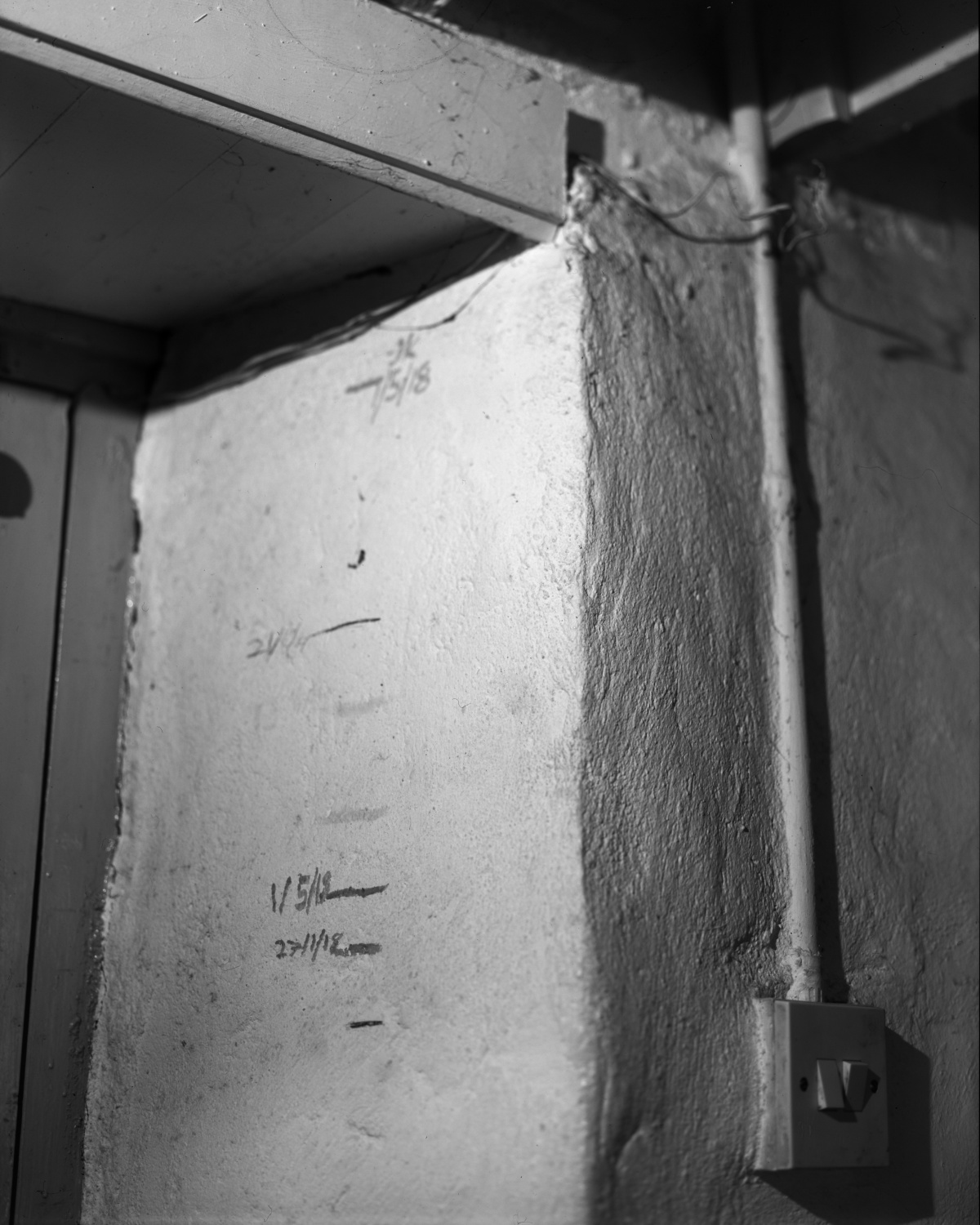
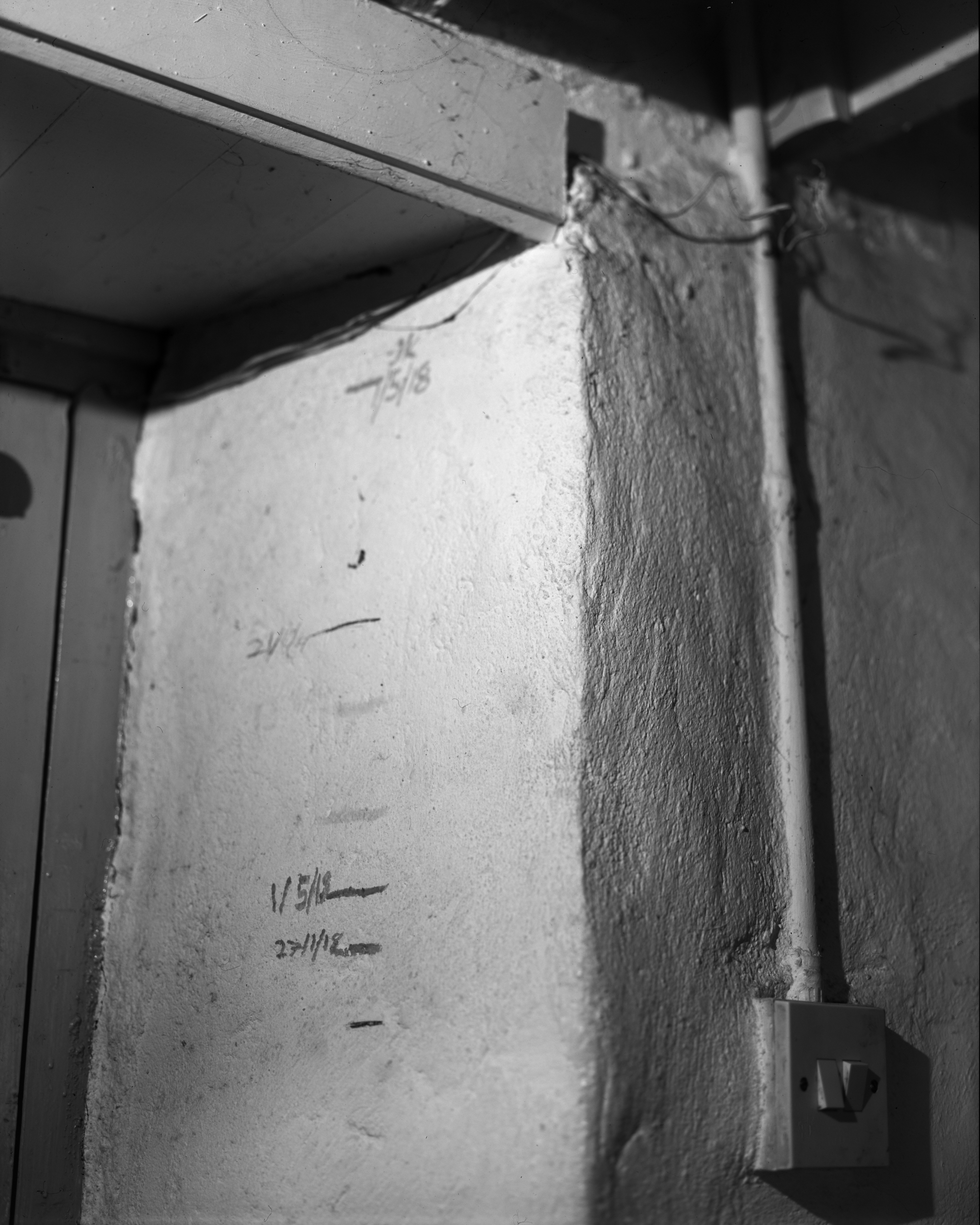
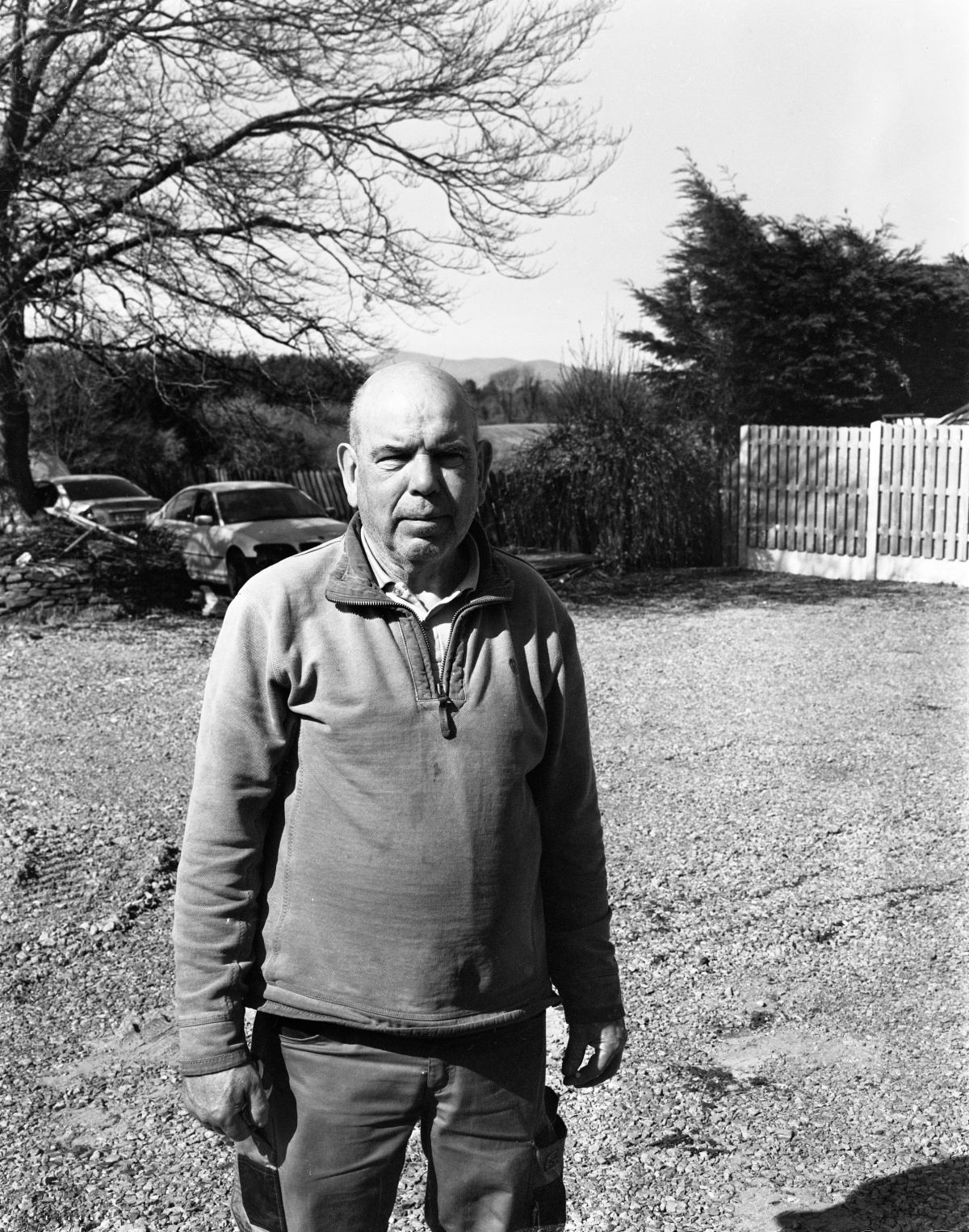

This thesis examines the evolution of observation in modern art and literature by comparing distinct approaches: the technologically mediated observation embodied in Stephen Gill’s photobook The Pillar and the immersive, experiential nature writing of J.A. Baker in The Peregrine. Drawing on Jonathan Crary’s Techniques of the Observer, Jörg Colberg’s insights on photobook sequencing, and Karl Ove Knausgaard’s reflective essay Birdland, the study explores how contemporary practices of seeing are constructed by both technological systems and embodied experience. Gill’s work, which employs trail cameras to capture fleeting wildlife moments, demonstrates how deliberate editorial choices such as sequencing, framing, and archival indexing transform detached, automated documentation into a narrative that conveys emotion and symbolic depth. In contrast, Baker’s prose offers a profoundly personal account of nature, dissolving the boundaries between observer and observed through detailed, sensory-rich descriptions. By interrogating the tension between objectivity and subjectivity, and between presence and absence, this thesis argues that modern observation is inherently mediated by cultural, technological, and environmental forces. In an age marked by rapid technological change and ecological crisis, the study contends that a new paradigm of observation is needed, one that reconciles automated recording with the human drive for immersive, reciprocal engagement with the natural world.

Rooted in the rural landscapes of County Wexford, Ireland, Kelly’s practice explores the intersection of nature and Irish folklore. Growing up in these environments, he developed a deep connection to the land and its mythic narratives, which continue to shape his visual language. Working with analogue photography, he uses experimental methods like cultivating mould on negatives and delaying development to embrace transformation and chance. Photobooks are central to his work, fostering intimate engagement with images. A founding member of the 256 Photography collective, he has exhibited in multiple group shows. His debut photobook Sionnachuighim (I Play the Fox) was selected for The Library Project’s Editions series.


